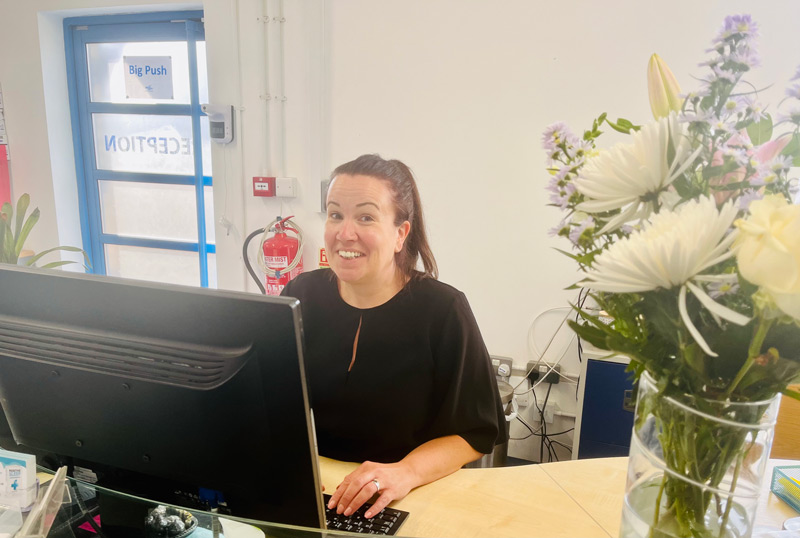Taping and bracing are commonly used techniques in physiotherapy to help support and stabilise injured or weak joints, muscles, and ligaments.
Taping: Taping involves applying a strip of adhesive tape to the skin over the injured area. The tape provides support and stabilisation to the injured joint or muscle, reducing pain and inflammation and promoting healing. Taping can be used for a variety of injuries, including sprains, strains, and overuse injuries. Different types of tape are used for different purposes, such as rigid tape for joint support or kinesiology tape for muscle support and pain relief.


Bracing: Bracing involves using a device, such as a brace or splint, to support and stabilise the injured area. Braces can be made from a variety of materials, including metal, plastic, or fabric, and can be customized to fit the patient’s specific needs. Braces are commonly used for joint injuries, such as knee or ankle sprains, or to support weak muscles, such as the lower back.
Both taping and bracing can be effective in reducing pain, inflammation, and promoting healing. However, it’s important to consult with a physiotherapist to determine which technique is best suited for your specific injury or condition. Your physiotherapist can also teach you how to properly apply and remove the tape or brace to ensure maximum benefit and prevent further injury.
Orthotics can be an effective way to alleviate pain in the feet, ankles, knees, and lower back. Orthotics are devices that are inserted into shoes to correct abnormal foot function or to provide support and cushioning to the feet.
Orthotics can be custom-made or off-the-shelf, and they come in various shapes, sizes, and materials. They can be made from rigid materials, such as carbon fiber or plastic, or softer materials, such as foam or gel.
Orthotics can help with a variety of conditions that cause pain, such as plantar fasciitis, flat feet, high arches, overpronation, and underpronation. They can also help with conditions that affect the knees and lower back, such as osteoarthritis, patellofemoral pain syndrome, and sciatica.


Are you ready to have a chat with our team to discover how we can help you achieve a better quality of health, fitness and well-being?
Book an appointment with our team and start the journey to creating the perfect treatment plan for your issue, your lifestyle and your
goals.